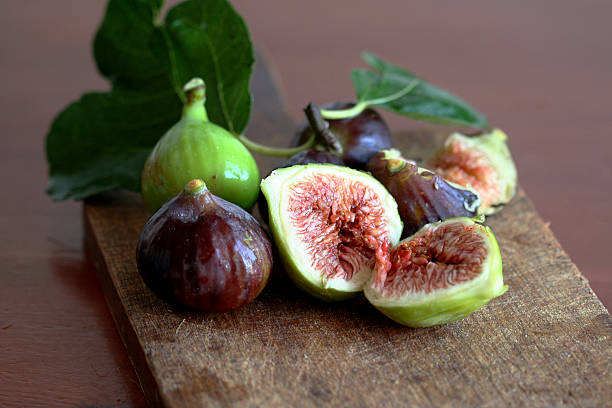Figs are one of nature’s delicacies, appreciated for their unique taste and nutritional value. However, like many fruits, figs have a specific season during which they are at their peak in terms of flavor and availability. In this article, we delve into the intriguing world of fig seasonality, exploring when figs are in season, what affects their availability, and how to make the most of this delightful fruit.
Introduction to Fig Seasonality
Fig seasonality refers to the time of year when figs are harvested and readily available in markets. Unlike some fruits that are open year-round, figs have a more limited season, making them a sought-after treat when they are in their prime.
Understanding Figs
Figs, scientifically known as Ficus carica, are a species of flowering plant in the mulberry family. They are native to the Middle East and Western Asia but are now cultivated in various parts of the world with suitable climates. Figs are unique in that they are not technically fruits but inverted flowers that bloom internally.
Fig Seasonality: Explained
Early Season Figs
The fig season typically begins in late spring to early summer, depending on the variety and location. Early season figs are characterized by their smaller size and slightly firmer texture. These figs tend to have a more delicate flavor compared to those harvested later in the season.
Mid-Season Figs
As summer progresses, mid-season fig varieties start to ripen. These figs are larger than their early-season counterparts and have a sweeter, more pronounced flavor. Mid-season figs are often a favorite among fig enthusiasts for their perfect balance of sweetness and texture.
Late Season Figs
Towards late summer and early fall, late-season figs make their appearance. These figs are known for their rich, honey-like sweetness and juicy texture. Late-season figs are often the most prized due to their intense flavor and luscious texture.
Factors Affecting Fig Seasonality
Several factors influence the seasonality of figs, including climate, soil conditions, and cultivation techniques. Figs thrive in warm, Mediterranean-like climates with well-draining soil and ample sunlight. Adverse weather conditions, such as frost or excessive rain, can impact the quality and yield of fig crops.
Availability of Figs Across Regions
The availability of fresh figs varies depending on the region and climate. In areas with mild winters and hot summers, such as the Mediterranean, figs are typically available from late spring through early fall. In cooler climates, figs may have a shorter season, limited to the peak of summer.
Tips for Identifying Fresh Figs
When selecting fresh figs, look for fruits that are plump, soft to the touch, and free of blemishes or mold. Ripe figs should have a slightly wrinkled skin and should be given somewhat when gently squeezed. Avoid figs that are overly mushy or have visible signs of spoilage.
Cooking and Preserving Figs
Figs are incredibly versatile and can be enjoyed fresh or incorporated into a variety of sweet and savory dishes. They pair well with cheeses, nuts, honey, and herbs, making them a popular ingredient in salads, desserts, and appetizers. Figs can also be dried or preserved to extend their shelf life and enjoy them year-round.
Conclusion
In conclusion, figs have a distinct seasonality that varies depending on the variety and geographic region. Understanding when figs are in season and how to select and preserve them ensures you can enjoy these delicious fruits at their peak. Whether eaten fresh, dried, or cooked, figs are a delightful addition to any culinary repertoire.
